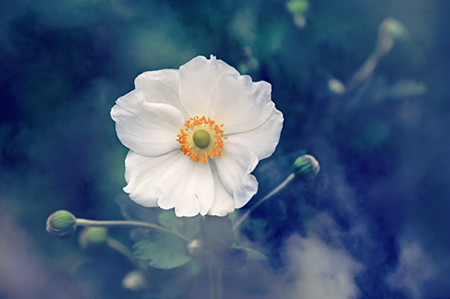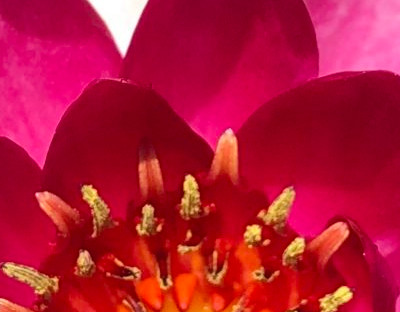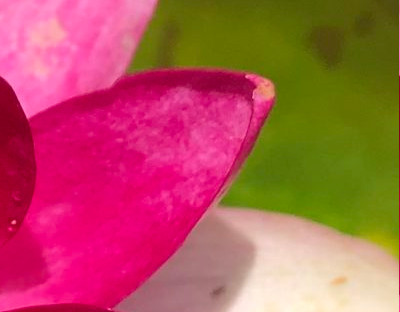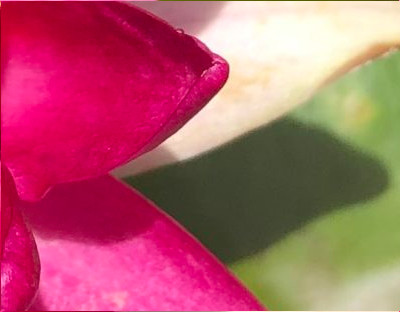Consultations

No matter how ambitious your design, or how small your garden area is, we can help identify your needs, answer your questions, and solve your problems. Desiree Gardens can provide everything from a friendly chat through a phone consultation, all the way to a full set of plans and itemized list of plants along with a schedule. In addition, if you are located in the North Texas area Desiree Gardens can provide plants, materials, hardscaping, and the labor to install the garden of your dreams.
We can provide:
- Phone or Zoom consultations
- In person consultations in North Texas
- Design services
- Installation
- Maintenance on a regular schedule
Customer Testimonials

- I’ve had numerous landcaping companies that have taken care of all the plants, shrubs and yard. Desiree Gardens is by far the best ever. She is attentive to detail & I love my yard. I could go on and on about how wonderful she is but you need to have her do your work!
- Buddy Moses - Our yard started out as not much and they have worked hard to make progress and work within our budget allowing my wife to pick the plants and trees and undercover that fits our style. Desiree Gardens was the only landscaper that would take on our project and they have done a wonderful job in making it look great and progressing on the yard without it looking under construction. The cost could have been more than we wanted to take on all at one time but we have had a great time building it and making it look nice. Our landscape is on a very steep hill so it is unique and has taken some creativity to get us where we wanted to be. Thank you so much for working on it and making our house have the personality that Karen really has become proud of. This year I cannot wait to see what you do and see the plants as they continue to bloom and fill out.
- Brett Wassell - Desiree has been my landscaper/gardener for the last several years. She has a vast knowledge of plants and knows which plants will thrive in which areas of my garden. She has a great eye for design and always meets my requirement of planting things that are easy for me to maintain. 😀 Also she’s very dependable and reasonably priced. I definitely recommend her!
- Staci Spring
Gardening in January? Don’t Miss This Update.
The cold weather has settled in for the winter and most gardens have gone to sleep for the season. But that doesn’t mean that we’re done: Now is the perfect time for getting all of your necessary chores done before the big spring. The winter, when woody trees and shrubs are dormant, is the perfect time for planting. If you’ve considered adding these to your landscape, especially Japanese maples, now is the perfect time to set them in the ground. You won’t see much activity until the spring, but the roots will be active setting your new plant up for a marvelous flush of new leaves when the warm weather returns. Despite their dormancy, it is still critically important to properly water in your new trees and shrubs in order to encourage proper root growth. Consider native trees for your Texas garden. They will be more drought tolerant and will…
Is my Garden Done? Learn about these necessary garden activities for December.
Well folks, we’ve had our first frost of the season. Hopefully any tender plants that you’ve not already brought inside were in a well protected micro-climate or were covered with frost cloth. With night-time temperatures regularly reaching into the 40s right now all of your true tropicals such as plumeria, bananas, and bougainvillea should be brought inside for the winter. But is your gardening season really done? Planting Trees and Woody Shrubs When your woody perennial shrubs and trees are dormant is the best time to plant them. That time of year is starting right now! During the summer, trees spend their time gathering energy from the sun and combine it with water and carbon dioxide to create sugars and starches that they store and use to live on later when they are dormant. It is during this time when they have the best store of energy and are primed…
What’s going on in my North Texas garden in November?
Cooler weather has arrived, and the leaves are falling. Some of the best garden color of the year is here right now! Depending on what plants you have, this fall growth can last well into December. In addition to adding in pansies for winter color, other annuals like petunias will often enjoy a second bloom well into the beginning of winter. Winter Flowering Plants Camellias are known for their beautiful, waxy flowers that come in various colors, including white, pink, and red. They bloom from late fall through early spring, depending on the variety. Witch hazel produces unique, spidery flowers in shades of yellow, orange, or red from late winter to early spring. It’s a fragrant and attractive winter-blooming shrub. Hellebores, also known as lenten roses, bloom from late winter to early spring. They offer a range of colors, including white, pink, purple, and green. These hardy perennials are a…
It’s Fall Garden Time! Garden Activities for October
After this long hot and dry summer, it’s so nice to see gardens starting to perk back up and show off a little. It’s not quite time to put your garden to bed for the winter. Just like our North Texas spring gardens are ended by the heat and lack of rain, fall gardens are only ended by the first hard freeze that usually comes in late December or occasionally January. That means your fall garden is just as important, and can be just as vibrant as your spring garden. Fall Flowering Perennials Anyone who has a teenager even tangentially involved in high-school football knows that mums are a classic choice for fall color. What many people don’t realize is that this perennial can provide exceptional fall color to you garden. They come in various colors and sizes and can be used in beds, borders, or containers. Mums are one…
Contact Desiree
Give us a call at 877-558-1496, or use the contact form below.
















